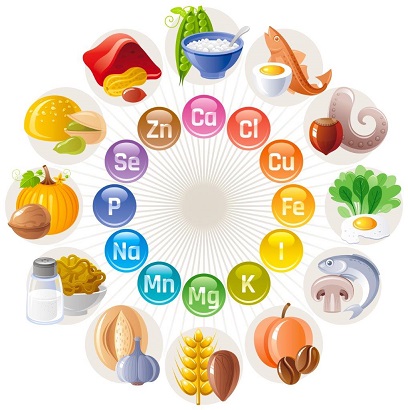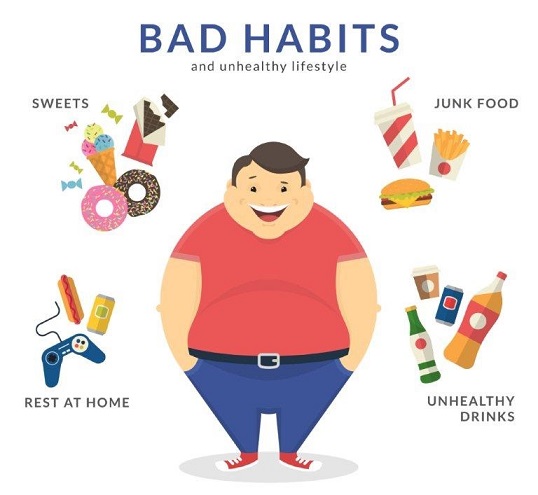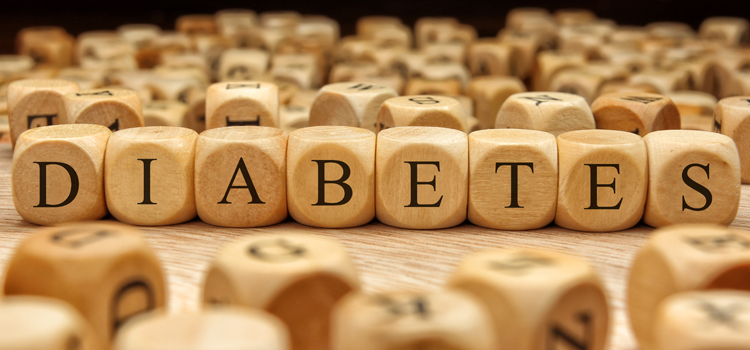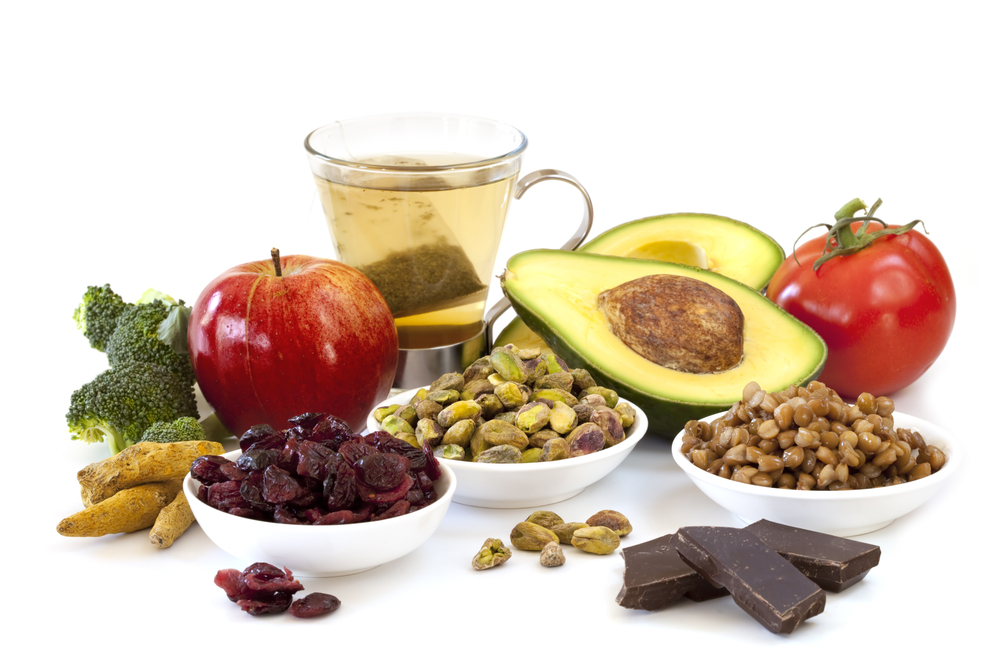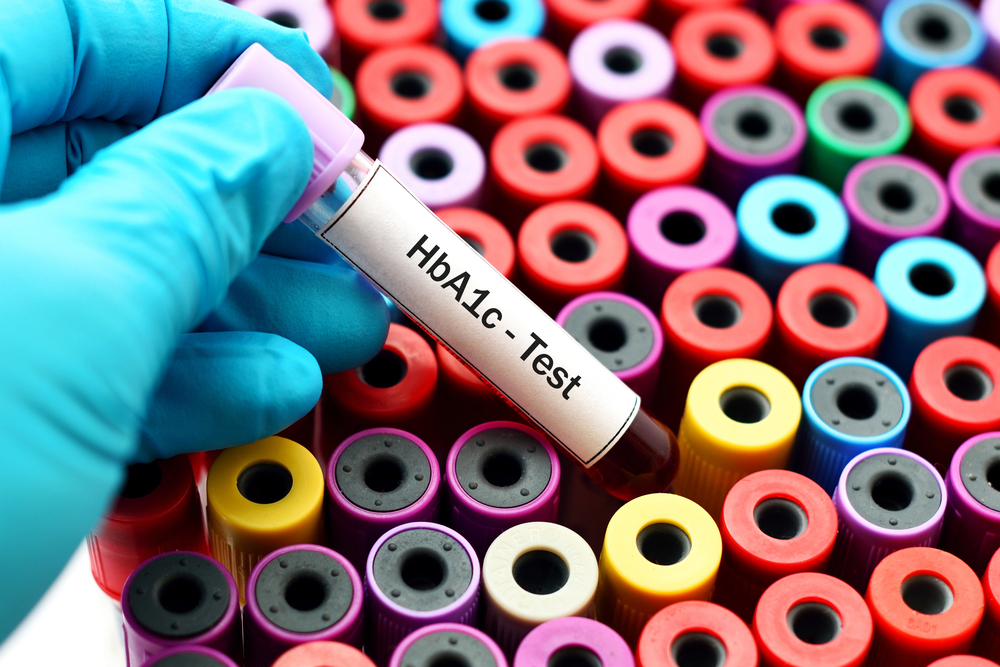Foods To Avoid in Type 2 Diabetes

Type 2 diabetes is manageable with the right lifestyle choices. The right food choices can regulate your blood sugar levels and minimize the risks of severe complications like vision loss and heart issues. In this blog, we’ll explore foods to avoid, tips for better management, and how to make informed decisions for a healthier life.
Foods to Avoid in Type 2 Diabetes
Managing type 2 diabetes demands mindful eating. Your food choices can contribute to a vicious cycle of blood sugar spikes and crashes or help you maintain stable glucose levels. Here are some foods that are best avoided for type 2 diabetes:
Sugar and Sweeteners
Avoid: White sugar, brown sugar, honey, maple syrup, and molasses.
Natural and artificial sweeteners can cause rapid spikes in sugar levels. Instead, opt for natural sugar substitutes like stevia or artificial sweeteners. However, limiting the consumption of all types of sweeteners and substitutes is best.
Trans Fats
Avoid: Vegetable shortening, oily foods, fried food, and partially hydrogenated oil.
Trans fats can disrupt lipid profiles, increasing bad cholesterol while lowering good, which can worsen heart health—a concern for people with diabetes. Choose healthier fats like olive, canola, or avocado oil and sesame oil for cooking. You can also find healthy fats in salmon, other fatty fish, nuts, and seeds.
Processed Foods
Avoid: Packaged snacks like chips, processed meat, convenience meals, canned and frozen foods, and fast food items.
Processed foods often contain hidden sugars, high sodium content, and unhealthy fats. These can contribute to elevated blood sugar levels and other complications, like high blood pressure. Replacing these with unprocessed or minimally processed options such as whole fruits, fresh vegetables, legumes, and whole grains is advisable.
Sweets and Sweet Beverages
Avoid: Desserts, ice cream, certain fruits, baked goods, candy, cookies, soda, juice, sweet tea, and sports drinks.
These items can dramatically elevate your blood sugar and glucose levels. Instead of sugary drinks, opt for water, herbal teas, or zero-calorie flavoured water. Fruits or snacks sweetened with sugar-free sweeteners are better dessert choices. Fruits to avoid if diabetic include those with high sugar, like mangoes, chikoos, and grapes. However, you can consume them in moderation.
High-Fat Meats
Avoid: Cuts of meat with high-fat content, including pork, lamb, beef, dark meat chicken, or poultry skin.
These meats are rich in saturated fats, contributing to heart disease. Lean meats offer healthier protein options. These include skinless chicken and turkey or plant-based proteins like tofu and tempeh.
Simple Carbohydrates
Avoid: White bread, white pasta, and white rice.
Simple carbohydrates are quickly converted to sugar in your body, causing blood sugar spikes. Whole grains such as whole wheat, brown or wild rice, and whole-grain pasta are better for maintaining stable blood sugar.
Full-Fat Dairy
Avoid: Whole milk, cheese, butter, and sour cream.
Full-fat dairy has high amounts of saturated fat, which can worsen insulin resistance and escalate the risk of heart disease. Instead of reaching for these, consider low-fat or non-fat dairy options like skimmed or almond milk.
Alcohol
Alcohol can lead to blood sugar spikes or dangerous dips, interfering with the effectiveness of your diabetes medication.
Tips to Manage Diabetes
Managing type 2 diabetes goes beyond merely avoiding certain foods and maintaining a diet for sugar patients. Here are some additional strategies to help you take control:
- Portion Control: Being mindful of the amount you eat is crucial. Overeating may cause drastic spikes in blood sugar, even with otherwise diabetes-friendly foods. Strategies like carb counting and measuring portions can help you regulate your food intake.
- Balanced Meals: You should have balanced carbs, protein, and fibre in each meal. This allows you to maintain a steady blood sugar level and ensures you get the nutrients you need.
- Glycemic Index (GI): Understanding the GI of foods can guide you in making better choices. Foods with a high GI can raise your blood sugar quickly. To counterbalance the effect, pair high-GI foods with low-GI foods.
- Monitoring Blood Sugar Levels: Regular monitoring will help you assess how different foods affect your blood sugar. This information allows you to make more informed choices about your diet.
- Understanding Labels: Read food labels and look for total carbohydrates per serving and serving sizes. Also, pay attention to hidden sources of sugar in the ingredient list, which might appear under different names like corn syrup or fructose.
Diet plays a critical role in managing type 2 diabetes. Steering clear of certain foods and maintaining a balanced diet makes diabetes management easier. Maintaining healthy blood sugar levels isn’t just about avoiding certain foods, but involves a holistic approach that includes portion control, understanding the Glycemic Index, and regular monitoring. Always consult your healthcare provider to create a personalized list of foods for diabetics that suit your needs.






